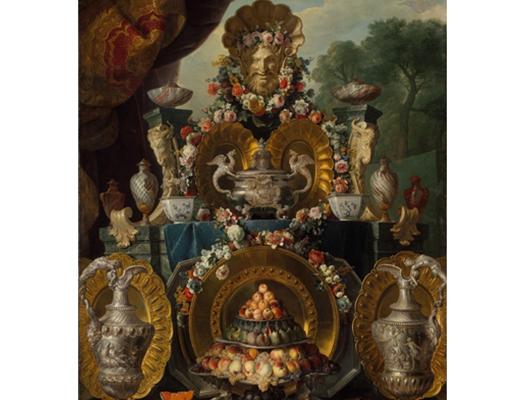Ever wondered how the buffet came to exist? Given the choice, who wouldn’t prefer to be waited upon? Or is it that the instinctive forager within all of us thrives upon having a vast array of food on offer from which we are at liberty to choose?
In any case, you could say that very existence of the buffet is La Tavola’s bread and butter these days. We might have started out specializing in cutlery and silverware back in the day, but now, the buffet is where it’s at.
Although we generally concentrate of the future of the buffet and the direction of travel of customers’ needs and wants, developing products we see as being at the forefront of the buffet revolution, we want to take an opportunity to look backwards for a change.
Just what exactly are the origins of the humble buffet in history?
From lying down to standing and everything in between….
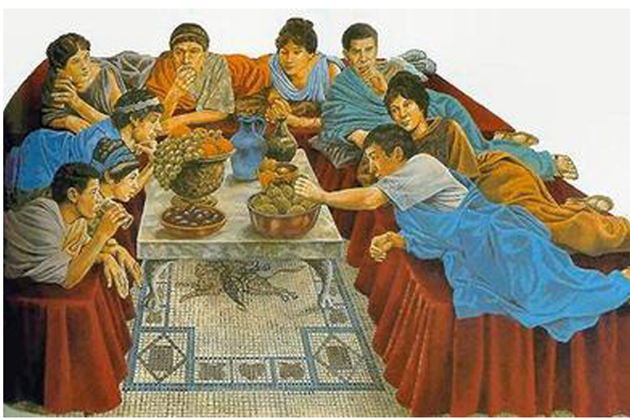
In Roman times, the Convivio Romana was their version of communal dining and the Triclinio saw diners actually lying down around a table upon which food was served.
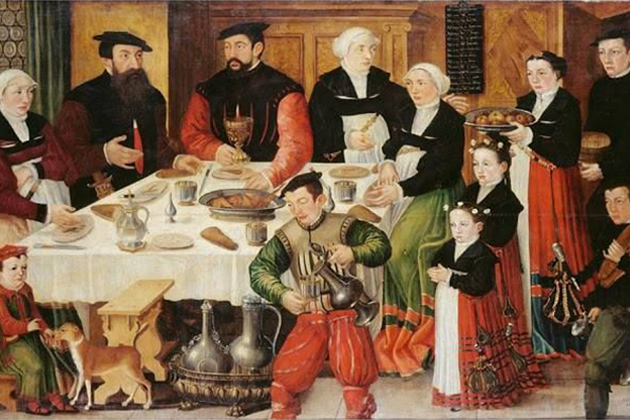
Towards the end of the Middle Ages and the beginning of the Renaissance, seated banquets came into play, but it was not until the 18th century when ‘French service’ began to appear. This consisted of all dishes being displayed contemporaneously on a banquet table (those that were hot in chafing dishes and cold items on elaborate stands). Guests were brought in as soon as the tables had been laid with food and could stand around, serving themselves without observing any particular order and serving whatever pleased them.
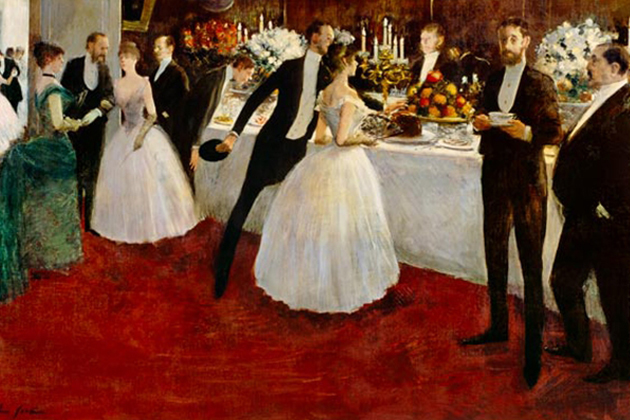
It was Francesco I’s personal chef Pierre Buffet whose namesake, a classic sideboard, was used to display food in the 16th and 17th centuries during the Baroque period. The term ‘buffet’ referred not only to the furniture on which food was served (often draped with sumptuous fabric and incorporating tiers of intricately carved shelves) but also the display of plates and service vessels made from precious metals, thus giving the host an opportunity to demonstrate just how wealthy they were.
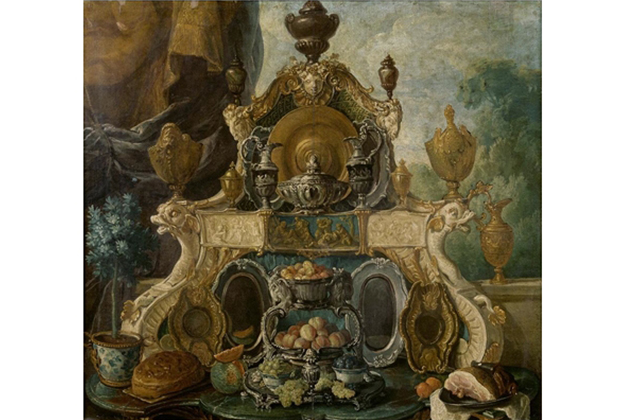
Indeed, the paintings of Alexandre-Francois Desportes depict the vast scale of wealth and luxury displayed by Louis XIV of France during the Baroque period.
Emphasis was placed not only upon the length of the buffet, but its breadth and the number of levels. These ‘buffets’ had several different uses. Primarily, they were used as spectacular centerpieces during social occasions, in which gold and silver objects as well as precious ceramics were displayed by the noble families who were hosting the festivity. Secondly, they contained items for the service of beverages: carafes, bottles, glasses, tankards and of course, the wine and water themselves. And finally (what was indeed the primary use), cold food, crockery and everything needed to provide table service was set up on the buffet during feasting occasions.
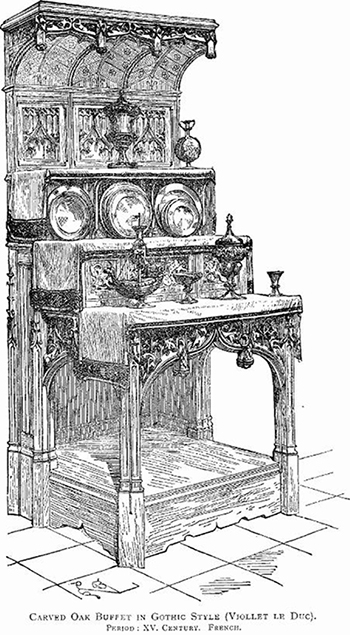
It could be said that these original buffets were works of art in themselves- veritable mis-en-scènes which served as magnificent focal points for festivities. This is an interesting point, given that even now, hoteliers and caterers place great emphasis on the aesthetics of a buffet. Ensuring that equipment blends seamlessly into its surroundings and is attractive is a basic tenet of foodservice for the hospitality industry.
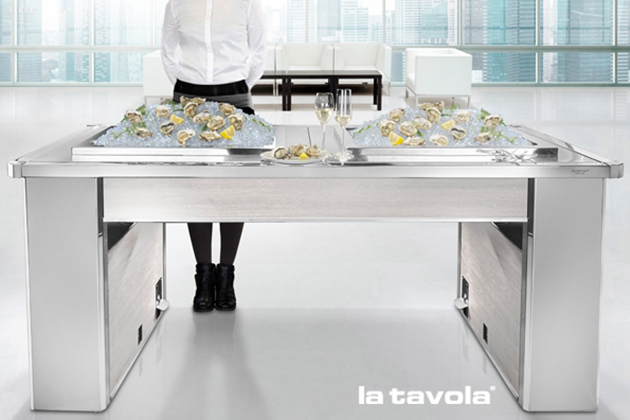
(Ba)roque and Roll with the best...
At La Tavola, we want to help you create a centerpiece buffet worthy of the same excitement and fascination that its Baroque-era counterpart conjured up. Luxury finishes, materials and color coordinated customization is the order of the day when it comes to creating a look that will not only complement your existing décor but enhance it!
To view our Action Stations line, click here.

